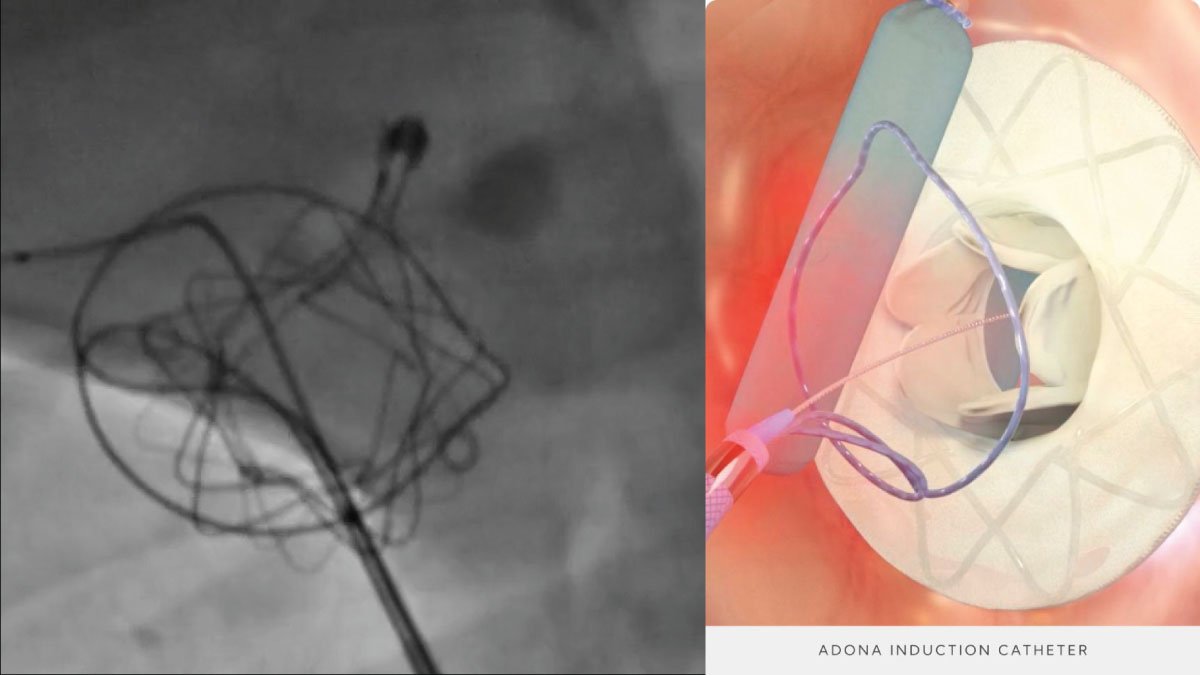Origami Bioprinting Technique Enhances Sensor Placement in 3D-Bioprinted Tissue

A novel method based on origami bioprinting is changing the positioning of sensors in 3D-bioprinted tissue, providing medical devices with never-before-seen levels of precision and integration.
Innovative Origami-Inspired Approach to Bioprinting
Researchers at Tel Aviv University have made a noteworthy contribution to the field of bioprinting by using the age-old craft of origami to solve a challenging issue: embedding sensors inside 3D-bioprinted tissues. This breakthrough could revolutionize the way bio-printed living structures are monitored by improving their functioning and compatibility with medical equipment.
Complex tissue architectures have been made possible by traditional bioprinting techniques, but incorporating sensors into these delicate, frequently fragile tissues has proven to be a considerable difficulty. The sensors are essential for keeping an eye on the functionality and health of the printed tissues, but their positioning needs to be exact so as not to compromise the tissue’s structural integrity.
The method based on origami offers a fix. It is possible to implant tiny, flexible sensors into the bioprinted tissue and then unfold them to their full size by folding them into compact forms. This technique makes it possible to precisely implant sensors far into the tissue without endangering them or jeopardizing their structural integrity. As to 3D Printing Industry, the methodology guarantees the stability and functionality of the sensors, hence furnishing instantaneous information on the tissue’s state.
Advantages of Origami in Bioprinting
- Precision Sensor Placement: By using the origami method, sensors may be positioned precisely where they are needed within the bioprinted tissue, providing precise monitoring without changing the structure of the tissue.
- Reduced Tissue Damage: The fragile bioprinted tissue is kept in perfect condition and retains its usefulness by folding the sensors into small shapes before inserting them.
- Enhanced Stability: After unfolding, the sensors are firmly embedded in the tissue, which keeps them there and allows them to remain functional for an extended period of time. This is crucial for long-term monitoring.
- Better Integration: This technique makes it possible for sensors and bioprinted tissues to be seamlessly integrated, which may lead to the creation of more sophisticated and responsive medical devices.
Conclusion
The application of origami-inspired methods to bioprinting is a revolutionary development in the medical device industry. This breakthrough improves the performance of 3D-bioprinted tissues by enabling accurate, non-invasive sensor implantation, opening the door for more advanced and adaptable medical solutions. This method is expected to be crucial to the development of bioprinting and regenerative medicine in the future as research progresses.




















